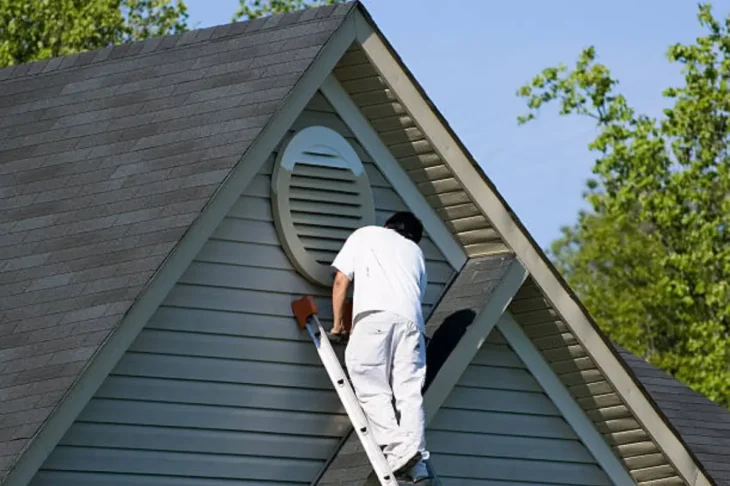
Common Mistakes to Avoid When Installing Access Panels
Installing access panels might seem like a straightforward task, but like most things, it’s easy to slip up if you’re not careful. Whether you’re a DIY enthusiast or a seasoned professional, understanding the common pitfalls can save you a lot of time, money, and frustration. In this post, we’ll walk through the most frequent mistakes people make when installing access panels and how to steer clear of them.
Choosing the Wrong Type of Access Panel
One of the first decisions you’ll make is choosing the material of the access panel. Common materials include metal, plastic, and fire-rated options.
Each has its own set of benefits and drawbacks. For instance, metal panels are robust and secure, but they may not be ideal in moisture-prone areas where corrosion could be an issue. On the other hand, plastic panels are great for such environments but may not offer the same level of security.
Another common mistake is selecting the wrong size or shape for the space. Always measure the area accurately and consider any future needs before purchasing your panels from a reputable supplier like Access Panels Direct. It’s frustrating to install a panel only to find out it’s too small for accessing the components behind it. Custom sizing is an option, but it’s often more costly and time-consuming.
Incorrect Placement
Incorrect placement is a frequent issue that can lead to operational inefficiencies. Placing an access panel behind heavy furniture, for instance, can make it difficult to access when needed. Always think ahead and ensure the panel is easily reachable.
Another aspect to consider is the height and alignment of the panel. Placing a panel too high or low can make access awkward or unsafe. Proper alignment with the surrounding wall or ceiling is crucial for a clean, professional look.
Ignoring Safety Regulations
In some settings, especially commercial buildings, fire-rated access panels are a must. These panels are designed to withstand high temperatures, helping to contain fires and prevent them from spreading. Skipping this step can result in not only safety hazards but also potential legal issues.
For ceiling panels, ensure that the panel and the supporting structure can handle the weight load. Ignoring this could lead to the panel falling, causing damage or injury.
Poor Quality Installation
Using subpar tools or materials can lead to a host of problems, from poorly fitted panels to long-term durability issues. Invest in quality tools and ensure you have all the necessary materials before starting the installation.
Let’s face it; no one likes reading instructions. However, skipping the manual can lead to mistakes that are easily avoidable. Take the time to read through the installation guide thoroughly. This step can prevent common errors like improper alignment or incorrect mounting methods.
Neglecting Aesthetics
An access panel doesn’t have to be an eyesore. Modern panels come in various styles and finishes that can blend seamlessly with your décor. Neglecting this aspect can make the panel stick out like a sore thumb.
If you plan to paint the panel, make sure to use appropriate paint that won’t peel or fade over time. Additionally, sealing the edges can prevent moisture ingress, which is particularly important in humid environments like bathrooms.
Lack of Future Planning
Consider what you might need to access in the future. It’s better to install a slightly larger panel now than to have to replace it later because it’s too small. Think about all the elements that may require maintenance or inspection, from plumbing to electrical wiring.
Once installed, don’t forget about the ongoing maintenance of the panel and the area it accesses. Regularly check for any signs of wear and tear, and ensure that the panel opens and closes smoothly.
Overcomplicating the Installation
Sometimes, simpler is better. Overcomplicating the installation with unnecessary features or mechanisms can lead to more problems than it solves. Stick to the essentials and ensure everything works as it should before considering additional features.
Lastly, know your limits. While installing an access panel might seem like a simple task, it can become complicated depending on the location and type of panel. Don’t hesitate to call in a professional if you’re unsure about any part of the process. The upfront cost may be higher, but it could save you money and headaches in the long run.
Wrapping It Up
Avoiding these common mistakes can make your access panel installation smooth and efficient. Remember, the key to a successful installation lies in careful planning, quality materials, and attention to detail. By being mindful of these factors, you’ll not only ensure a functional installation but also a visually appealing one.

